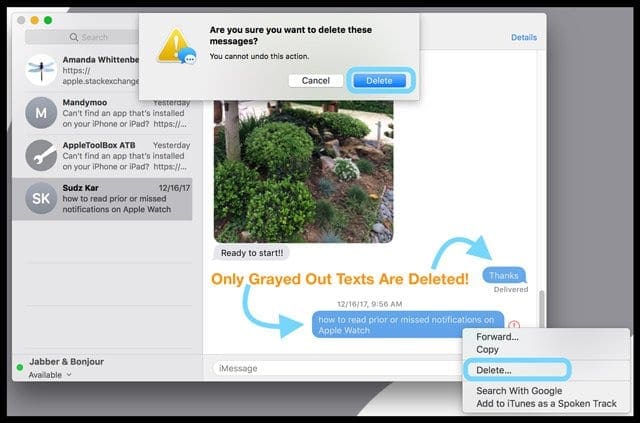

Your SMS text message forwarding should be enabled on your iPhone so that it can relay those messages to your Mac and vice versa. If your iMessage issue is that your text messages aren’t showing up on your Mac, you should check your message forwarding. Enable message forwarding on your Mac and your iPhone.Ĭhances are if you’re using a Mac, you’re probably also using an iPhone.Sign in using your Apple ID to get it working again. Open the app again and go back to the settings. Click on the “Sign Out” button and quit the app. To do this, simply click on the “Messages” app on your Mac and go to its menu.įrom the list, select “Preferences” and click on the “iMessage” tab. Doing so also refreshes your account on your iMessage in Mac. Sign out from iMessage on your Mac then sign in again.Īside from disabling and enabling your iMessage, you can also opt to sign out from iMessage on your Mac then sign in again.Open it again and return to the setting to enable it again. Uncheck “Enable this account” to disable then close the app. Simply click on the “Messages” app on your Mac and go to its menu.įrom the list, select “Preferences.” Click on the “iMessage” tab and check that the Apple ID you’re using is correct. After that, re-enable your iMessage to somehow reset the app. Make sure your iMessage is enabled on your Mac.Īnother way to fix your iMessage not working on your Mac is to disable the app entirely.It should match the Apple ID that you’re using on your iPhone so that your iMessages will sync between your Mac and your iPhone. Just click on the Apple menu and select “System Preferences.” Go to “iCloud” settings and check the Apple ID that you’re using. Hence, you have to check if you configured the correct Apple ID on your Mac. In order to use iMessage, you should have an Apple ID, which is equivalent to iCloud for Mac. Enable your Apple ID or iCloud in your Mac.

After restarting, open your iMessage app and try sending a message again. Just click on the Apple menu, which is represented by the Apple logo, located on the top left corner of your Mac screen. Sometimes, your Mac just needs a refresh for some of its apps like iMessage to work seamlessly again. You can also test your internet connection by opening and browsing the web. Before you panic that iMessage is not working on your Mac, check to see if you’ve already connected to the internet. An active internet connection, whether that’s Wi-Fi or mobile data, is needed in order to use iMessage. While regular text messages only require a cellular network, iMessage requires your device to have an internet connection for it to work. If you do encounter any of these issues, here are some ways to fix this problem: These include messages not sending through or taking too long to get delivered. While it usually works fine in any of these devices, there are times when you might encounter iMessage issues using MacOS. It’s basically a messaging app designed by Apple that can be used in iPhones, iPads, and Macs. One of the most unique features of Apple products is iMessage.


 0 kommentar(er)
0 kommentar(er)
